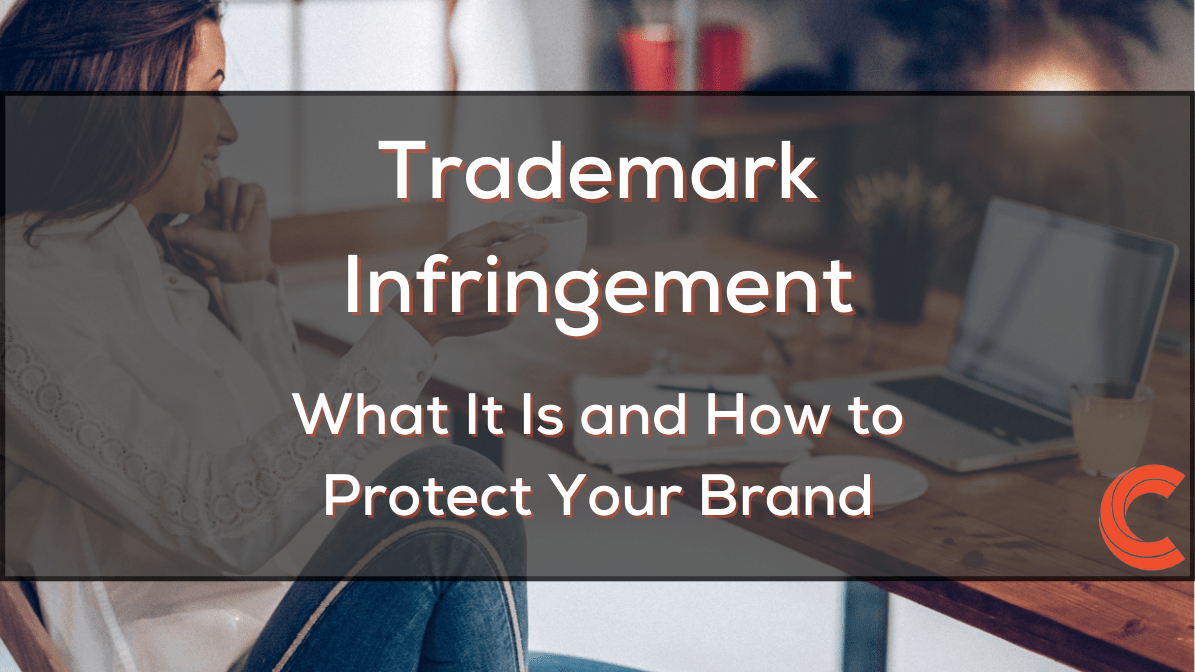Trademark infringement poses a significant threat to businesses, risking their brand reputation and market position. In this comprehensive guide, we’ll delve into what infringement entails and provide actionable steps to protect your brand against unauthorized use.
What is Trademark Infringement?
Trademark infringement occurs when a third party uses a trademark that is identical or very similar to a registered trademark without authorization. This unauthorized use can lead to consumer confusion, dilution of the original mark’s distinctiveness. It can ultimately cause damage to the brand owner’s reputation and goodwill.
Types of Trademark Infringement
There are several types of trademark infringement, including:
- Direct Infringement:
- This occurs when a competitor or other party uses a trademark that is identical or greatly similar to a registered mark in connection with similar goods or services.
- Indirect Infringement:
- Also known as secondary infringement. This occurs when a party facilitates or contributes to infringement by another party. It can be through the sale of counterfeit goods or through providing services that enable infringement.
- Dilution:
- Dilution occurs when a third party uses a famous or well-known trademark in a manner that diminishes its uniqueness or distinctiveness. This can happen even if there is no likelihood of confusion.
How to Protect Your Brand
Protecting your brand against infringement requires proactive measures and constant monitoring. Here are some essential steps to protect your brand:
- Register Your Trademark: Registering your trademark with the United States Patent and Trademark Office (USPTO) provides you with valuable legal protection and the exclusive right to use the mark in connection with specific goods or services.
- Monitor for Infringement: Regularly monitor the market for any unauthorized use of your trademark. This includes online platforms, trade shows, and industry publications. Promptly address any instances of infringement to prevent further damage to your brand.
- Enforce Your Rights: If you identify instances of trademark infringement, take swift action to enforce your rights. This may involve sending cease-and-desist letters, filing infringement lawsuits, or looking for alternative dispute resolution methods.
- Educate Your Team: Ensure that your employees and partners understand the importance of trademark protection and how to identify potential infringement. Provide training on trademark law and the proper use of trademarks in marketing materials and communications.
- Work with Experienced Attorneys: Seeking guidance from experienced trademark attorneys, such as those at Carbon Law Group, can help you handle complex legal issues and develop effective strategies for protecting your brand.
Conclusion
Trademark infringement poses a significant risk to businesses, but with the right strategies and legal support, you can protect your brand and preserve its value in the market. By registering your trademark, monitoring for infringement, and enforcing your rights, you can protect your brand against unauthorized use and maintain its integrity and reputation.
For expert assistance with trademark protection and enforcement, contact the experienced attorneys at Carbon Law Group. With their knowledge and expertise, they can help you navigate the complexities of trademark law and develop a robust strategy for protecting your brand against infringement.





